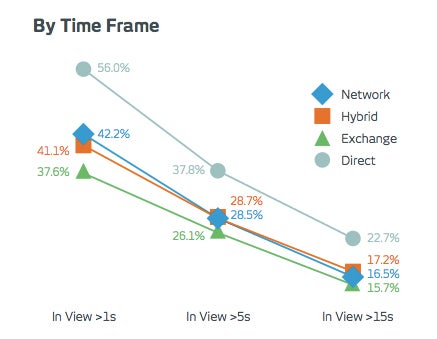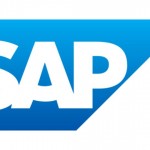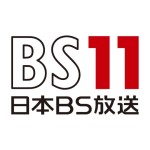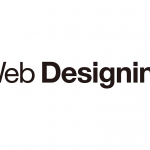純広告が持つ最大の強み「透明性(Viewability)」から見る自動広告取引の課題(英文)
Despite the benefits of RTB, ads purchased through direct sales still have the highest quality when it comes to viewability and potential risks, according to data from Integral Ad Science.
In its 2012 Semiannual Review for Q3 and Q4 2012, Integral, previously known as AdSafe, showcased data related to its new TRAQ Score, a quality media score designed to help advertisers understand the environment where their impressions lie.
“A lot of what Integral has done to date is help companies figure out environments they don’t want to be in; a defensive strategy,” Integral Ad Science CEO Scott Knoll told AdExchanger. “The whole idea of the quality metric and the new quality score is to help the advertiser go on the offensive.”
TRAQ Scores look at the environment of the ad placement, such as whether the site is professionally written and what else is on the page, including the number of other ads; the exposure of the ad, such as how likely the ad will be seen and if there is a possibility of click fraud; and the share of view, including the size of the ad and what else is in the window.
Integral also broke down its findings, looking at some specific risks associated with online advertising. When it comes to viewability, direct-sold ads ads, again, were seen for the longest amount of time. Of direct ads, 56% were in view for more than one second, 37.8% were seen for more than five seconds, and 22.7% were in view for more than 15 seconds. Exchange ads saw the lowest viewability, as 37.6% were in view for more than one second, 26.1% were seen for more than five seconds, and 15.7% for more than 15 seconds.

Overall, Integral Ad Science found that the share of inventory associated with risky content decreased between the third and fourth quarters of 2012, from 19.8% to 17.4%.
In the report, Integral noted, “In the third quarter, publishers carried the lowest proportion of high-risk inventory at 2.1%, while networks carried the highest at 5.1%. However, in the fourth quarter, publishers’ high-risk content increased to 3.6% and networks carried the lowest proportion of high-risk inventory at 3.2%, though they still carried the highest proportion during the two quarters combined.”
Looking at the specific categories of risk, Integral tracked the percentage of ads that showed up on illegal download sites, adult content sites, and sites with offensive language, drug or alcohol references, and hate speech. The specific categories fluctuated between the third and fourth quarters, based on whether publishers, exchanges, or networks served the ads.

Knoll addressed the sometimes large differences between Q3 and Q4: “A lot of it depends on the inventory that’s available at that time. It’s fairly irregular; there’s not really a regular pattern.”
Despite the constant changes, Integral and Knoll hope that the new TRAQ score can help marketers take a more active role in their advertising and media buys.
“Once we started to move to programmatic buying, the automation is focusing on the person or the audience,” Knoll said. “In that environment, where you are focusing purely on the person and where they are, those people may be on sites that you don’t want your brand associated it. It turns out to be a great dumping ground for bad inventory that someone can’t sell directly, but in a blind pool, they can get money for it.”
from:
http://www.adexchanger.com/online-advertising/ad-quality-report-direct-sales-has-a-big-edge-on-viewability/











